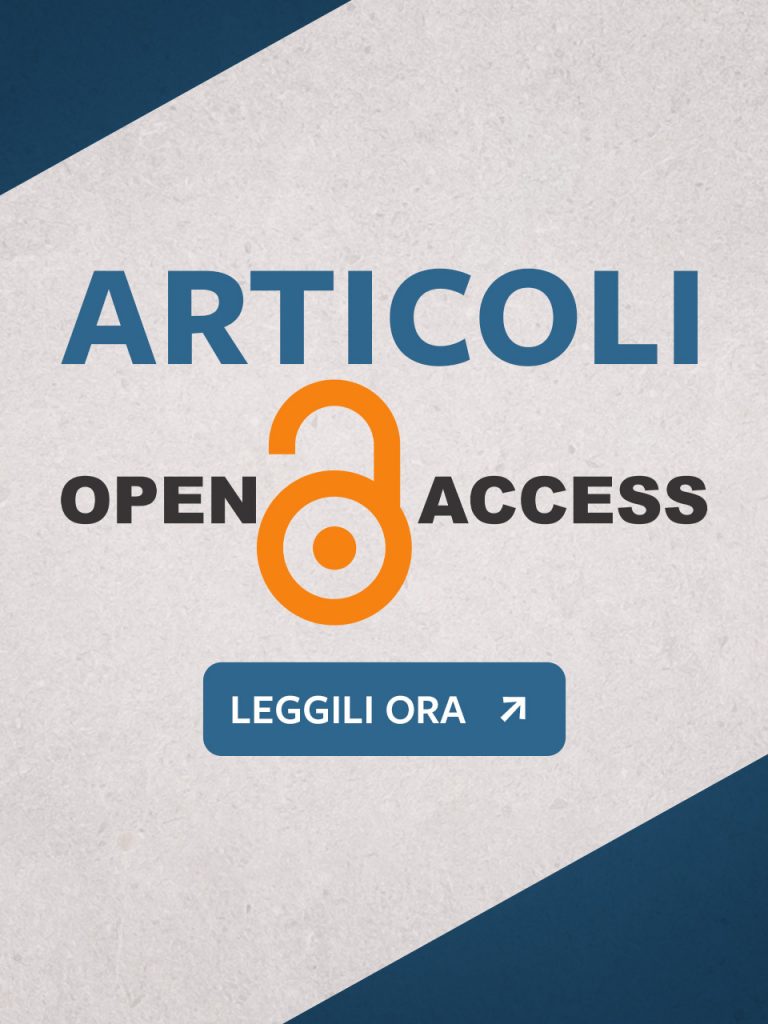The use of dreams in cognitive-behavioural psychotherapy: Where do we stand?
Giorgio Rezzonico, Marco Bani
The use of dreams in cognitive-behavioural psychotherapy has always been a critical issue
especially for the lack of experimental data and replicable models of intervention; the lack of
a theoretical model consistent with the explanatory model of cognitive science has limited its
use in psychotherapeutic work. However, in the last 25 years data from clinical research and
cognitive neuroscience have shown that functional aspects of dreams stay within a continuum with
wakefulness, supporting clinical evidence for its use in psychotherapy.
In this paper new developments in the use of dream material in psychotherapy are presented, with
a specific focus on its insertion in the cognitive-behavioural area and in recent developments from
a theoretical point of view and in therapeutic interventions.
The evidence accumulated, despite requiring progressive and further developments in both the
theoretical and experimental field, supports the need for CBT therapists to be able to effectively use
dream material brought by patients. The availability of techniques and replicable modular interventions
with dreams also supports the opportunity for their greater inclusion in training programmes in
cognitive-behavioural psychotherapy.
Keywords
Cognitive-Behavioural Therapy, Attitude towards dreams, Dream content, Dream
function, Dream analysis.

